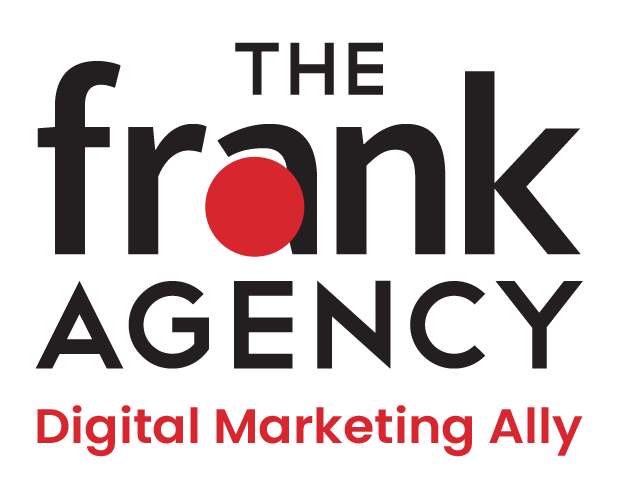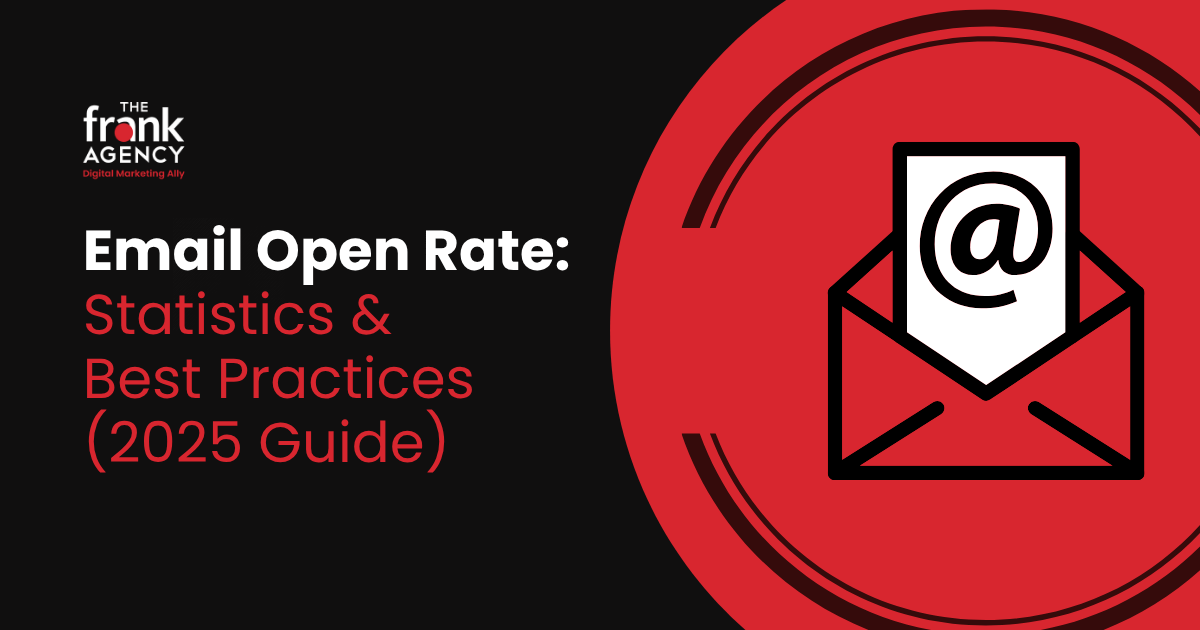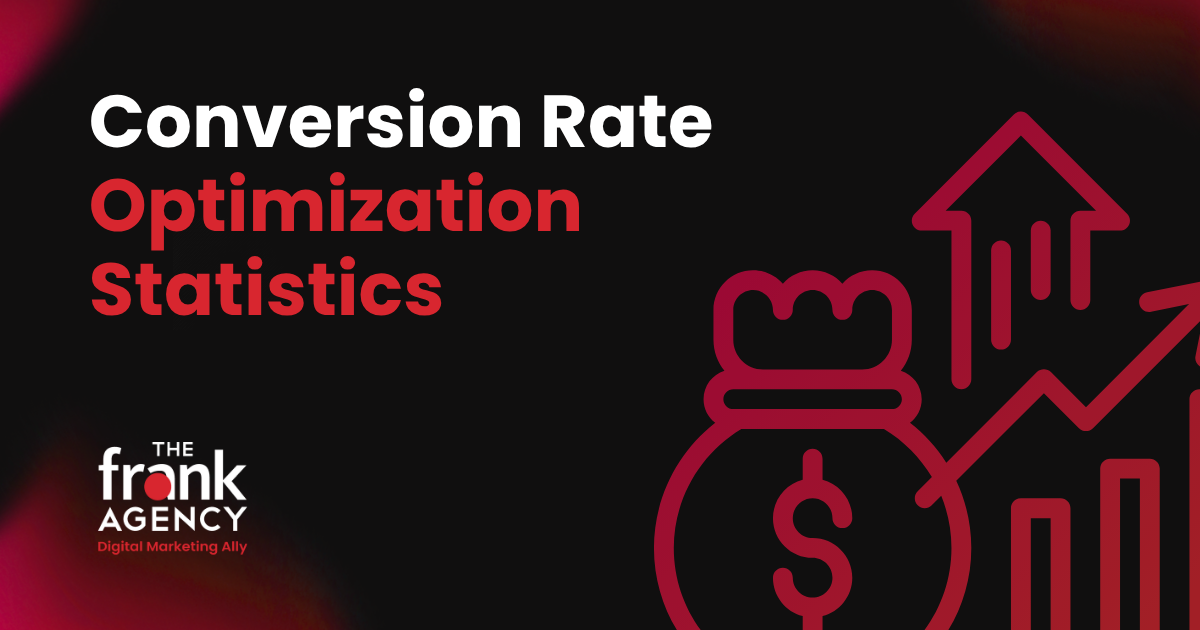The frank Agency gets its name in part for the attitude in which we approach the work we do. At The frank Agency, we feel that straight, honest, “frank” talk about the necessary steps to achieve success for our clients is the only way to do business. However, success isn’t where we stop. We love to surpass our clients’ goals for their advertising efforts – and then show them how to add to our initial success and take their accounts to the next level.
In the world of digital advertising, every step forward needs to be data-driven. Anyone can set up a PPC account, but not everyone can optimize the advertising spend in that account to maximize the return. At The frank Agency, we make sure that all our decisions are data-backed. We utilize a number of different tracking techniques to supply as much data as possible, and then we use that data to make informed decisions on how to improve the account’s performance. Let’s dive in.
What Tracking Features Do We Use?
One of the first steps we take in setting up and managing a new account is to ensure that the various tracking codes we use to gather data are properly placed on the website. The following are different tracking codes we utilize:
Search-Engine Specific Tracking Codes: These snippets of code trigger when a user clicks on an ad and navigates to the webpage that the code is on. When this occurs, data captured from the parameters of the URL is sent back to the search engine. Most commonly, the search engine’s conversion tracking code is only placed on the “Thank You” page of a web form or a purchase confirmation page on the website to track when users click on the ads and then convert into a business lead or customer.
Google Analytics: Similar to the search engine tracking code, we also commonly utilize the tracking code provided by Google Analytics. This code allows Google Analytics to track a variety of different data points about the users who come to our website, where they are directed from, what pages they view, and some demographic information about them. Analytics data can be invaluable to an account; it allows an advertiser to identify patterns in what characteristics their customers have and how they can better advertise to them. These snippets of tracking code also enable an advertiser to re-target users who have previously shown interest by visiting the website. This is why when you visit an online store, you may later see a banner ad on a different site for the products you were browsing.
Call Tracking: Another useful service for tracking the effectiveness of our advertising efforts are call tracking lines. Application of call tracking phone numbers involves including a small portion of code that only executes when a user clicks on an ad and is then redirected to the website. As the website is loading, the browser checks to see if a specific variable is present in the URL parameters. If it is, the call tracking code locates phone numbers in the page content and replaces them with a call tracking phone number. Phone numbers displayed to a user are reserved for a limited time for only that user so that the call tracking system can match any calls from the user as a conversion for the campaign and keyword that brought the user to the website.
We’ve had many clients that initially did not have call tracking in place. Depending on the industry, call conversions can be a huge portion of the conversion volume that an advertising account is producing. In some cases client lead volume may be as high as 90% calls. You simply can’t effectively manage a digital advertising account with that big of a hole in your data.
Frank ID (FID): Another tracking component that we use is the Frank ID, or “FID” for short. The FID is a unique alphanumeric ID that we assign to every component of the account to track their performance. We include the FID as a separate parameter in all of our URLs and capture it whenever a user arrives at our client’s website with the frank ID in the URL. This frank ID gets assigned to any business lead or purchase that the user makes. This setup allows us to track more than just conversions, but we can assign the FID to actual value returned to the business from the advertising spend.
How We Use Data to Achieve Success
Most advertising agencies are only interested in first-level conversions, commonly known as business leads. These leads include mostly users that have shown interest in the product or service our client offers, but they haven’t necessarily turned into business. Where The frank Agency really begins to shine in conversion tracking is our second-level conversion tracking. We track whether or not those business leads convert into ACTUAL business for our clients and then attribute that business back to the campaign and keyword that produced it.
Second-level conversion tracking makes ALL the difference in managing a PPC account. Let’s illustrate with an example. Say The frank Agency decides to set up a PPC account to bring in more clients. We decide to target a handful of keywords including “digital advertising agency” and “PPC advertising”. After spending $500 on both keywords we receive a handful of leads resulting with “digital advertising agency” having a lower average cost per lead. If we stopped tracking at this point the smart thing to do would be to increase our advertising spend on the keyword with the lower cost per lead.

However, this is The frank Agency, and we don’t stop tracking at leads acquired. Our second-level conversion data might find that while we got more leads from “digital advertising agency”, the leads from “PPC advertising” converted into clients more often. Any business owner would agree that it’s better to spend $100 on a new client than $250.

Basically, by tracking whether or not the lead actually became a client, our course of action for optimizing the account performance completely changes, and we can be more confident the account will actually be more profitable for us in the future.
These same principles apply to our clients. Combining all of the data that we’ve captured together, we can identify which components of our clients’ accounts are most effectively achieving the goals of the account – and which do not produce, or are less efficient. With this information we then develop a data-driven plan of action on how to improve the overall performance of the account. After the adjustments to the account are complete, we begin collecting data again and the account optimization cycle continues.
Start Tracking Better Today!
With the proper tracking procedures in place, you can ensure that your advertising spend is being allocated to maximize your return on ad spend. Not convinced you’re getting the maximum returns for your spend? Contact us today! As an experienced paid search agency, we have the knowledge and tools necessary to make the most of your paid search spend.
Learn More
While tracking is crucial to the success of your account, the strategy behind your account structure also has a major impact on the success of the account. Proper organization of all of your account’s components is a “make-it or break-it” concept for proper PPC management. Brush up on the basics for yourself by checking out the other posts in our paid search blog series:
- Basic Targeting
- Bid Modifiers
- Retargeting
- Remarketing Lists for Search Ads (RLSA)
- Google Display Network





